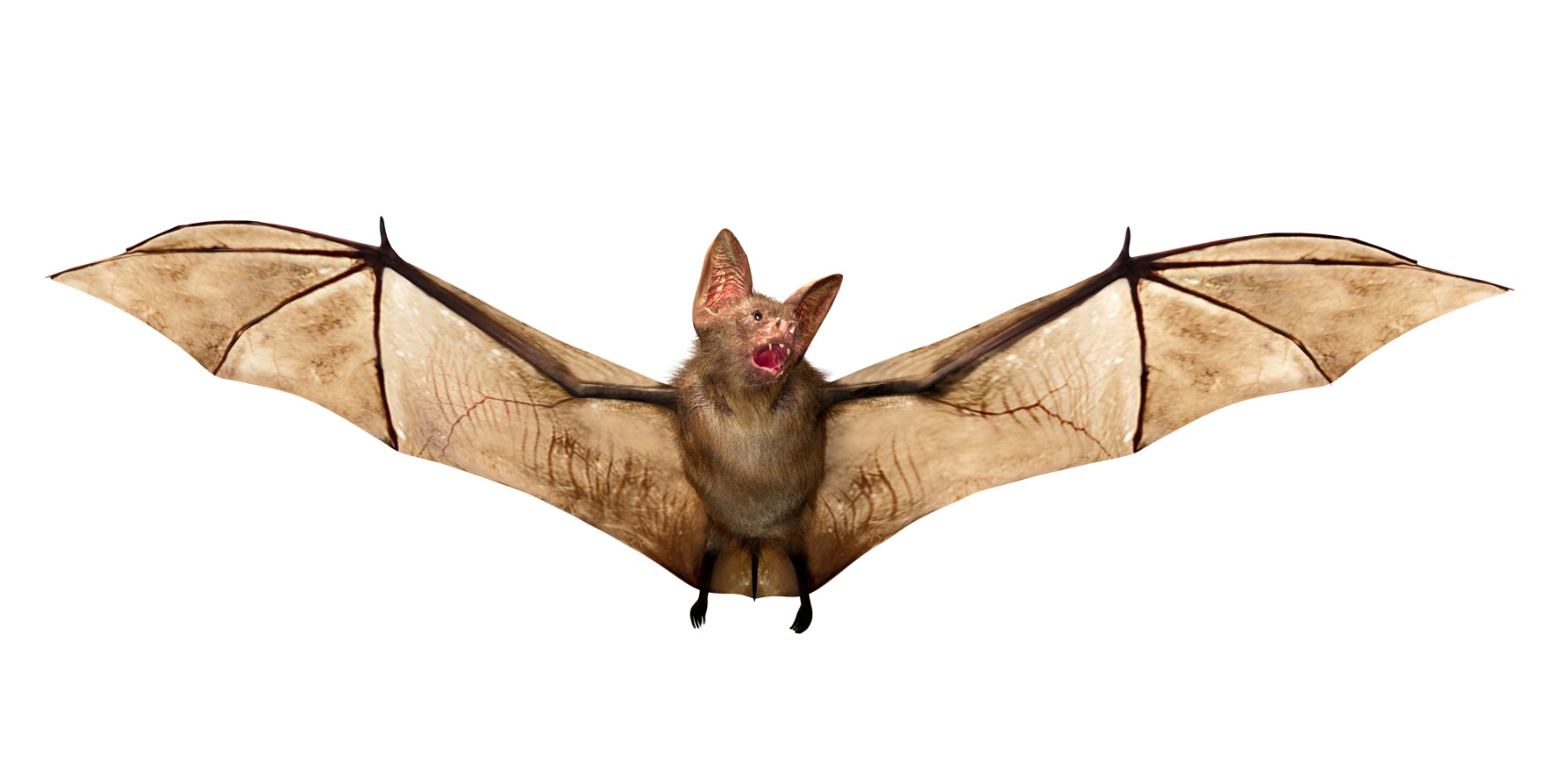Modelling finds the virus is ideally adapted to infect human cells, leaving the lab-leak door open.
Computer modelling into the origins of covid-19 at Flinders University has captured the attention of politicians worldwide, including those in US Congress, as results suggest a “lab leak” theory is not so far-fetched after all.
The paper, published on Thursday in Scientific Reports, used modelling of the SARS-CoV-2 virus to predict its ability to infect humans and a range of 12 other domestic and exotic animals.
The research team harnessed genomic data from animals such as monkeys, cats, cows, dogs, pigs, sheep, horses, sheep, ferrets, snakes, pangolins and bats to model the ACE2 protein receptors for each. The study authors then calculated the strength of binding the SARS-CoV-2 spike protein to each species ACE2 receptors.
To their own surprise, the results found that the binding of the SARS-CoV-2 protein was higher for human ACE2 than any other species tested.
If one of the animal species tested was the original vector, it would normally be expected to show the highest binding to the virus, the study authors asserted.
The findings also weighed against the theory that the virus was directly transmitted to humans from bats.
Professor Nikolai Petrovsky, co-author from the College of Medicine and Public Health at Flinders University, told TMR that the results show the virus’s ability to bind to the bat ACE2 protein was poor relative to human cells.
“There’s two possibilities which still remain – it’s just a question of which one is more probable than the other,” he said.
“The first option is still that there was a transmission event from an intermediate animal to humans, but any idea this was a direct transmission from bat is a complete nonsense because our modelling and others’ proves the virus doesn’t bind to bat ACE2.”
“These results tell us that if it came from an animal, it had to come through an intermediate animal that hasn’t been found yet.”
Professor Petrovsky said the scientific community would have to keep an open mind for continuing to investigate that possibility.
However, the other possibility – one that has grown in respectability since proponent Donald Trump left the US presidency – is that the virus found its way into the human population after being manipulated in a laboratory.
“You can only go so far studying the virus in trying to work out the probability of its origins coming from a lab until you eventually need to go to the lab and investigate it and go over its records.” Professor Petrovsky said.
The Wuhan Institute of Virology, the laboratory suspected of concealing the source of the virus, has not shared any raw data from its extensive research into coronaviruses, nor its general safety logs or lab records.
The investigation into the origins of covid by the WHO earlier this year didn’t address the theory it may have begun in a lab either, instead focusing on the wet market to which several of the first known cases were linked.
“The Chinese government has completely shut down any avenue to investigate the lab records and a lot of people would argue that’s an admission of guilt or that they must be hiding something,” Professor Petrovsky said.
“Of course, it doesn’t necessarily mean that, but the implication is there and the only way to prove it was a lab leak now would be to access those lab records.”
Europe and the US have recently called for an independent investigation into the origins of the covid pandemic, but questions remain of how feasible such an inquiry could be without the full cooperation of the Chinese government.
In the meantime, Professor Petrovsky said that the scientific community needed to try and remain impartial about the origins of the virus, allowing science, not politics to be the guide.
“Everyone should focus on doing good science and leave politics to the politicians,” he said.




